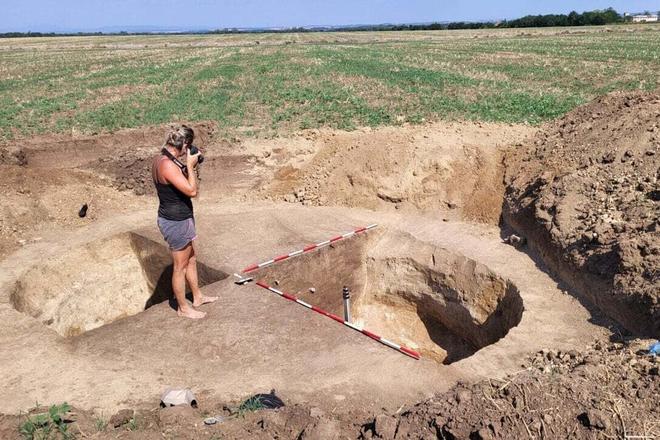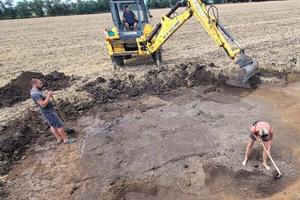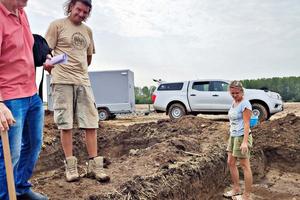Archaeologists excavating near the site of a now-vanished church, dating back to the 11th or 12th century, have uncovered remarkable evidence of a once-thriving mediaeval settlement. Their research has revealed the existence of an important trade route and a vibrant community in the area.
Further discoveries suggest that the site has been inhabited for millennia. A Neolithic settlement, complete with kilns and dwellings, existed there thousands of years ago. The site, located on the outskirts of Želiezovce, towards Tekovské Lužany, was identified by chance. A local historian found a reference to the long-lost church in a book from 1880.
The findings span multiple eras, from the Neolithic to the Roman period and the Middle Ages.
The most significant discovery is the identification of a Roman marching camp, a site that researchers have been searching for in this part of the Pohronie region for decades. Magnetic analysis, along with the unearthed artefacts, dates the camp to the latter half of the 2nd century AD, placing its establishment during the so-called Marcomannic Wars. This was a period when Roman legions, led by Emperor Marcus Aurelius—the philosopher on the throne—operated in the territory of what is now Slovakia, aiming to subdue the aggressive Germanic tribes that repeatedly invaded and ravaged the borders of the Roman Empire.



 “It is fair to say that our town is still an undiscovered historical gem of southern Slovakia,” said local historian Pavel Polka about Želiezovce. (source: Michal Chebeň)
“It is fair to say that our town is still an undiscovered historical gem of southern Slovakia,” said local historian Pavel Polka about Želiezovce. (source: Michal Chebeň)


